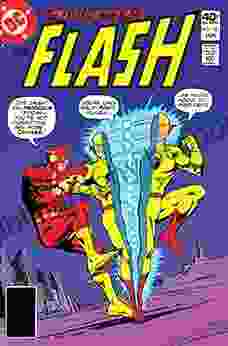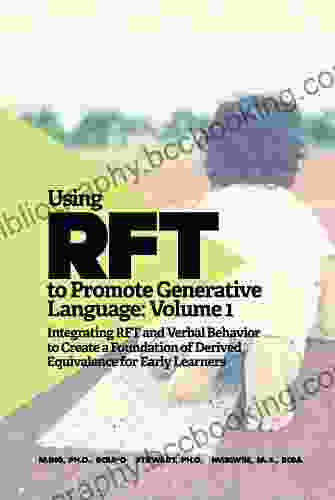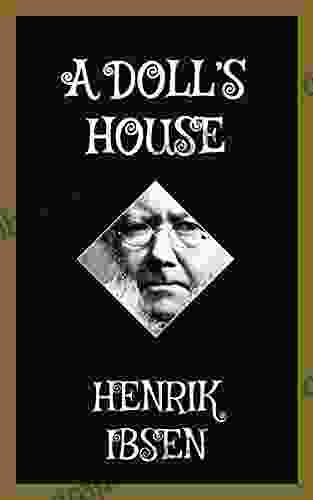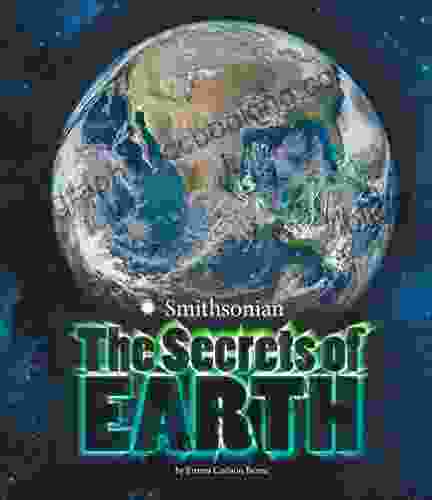Integrating RFT and Verbal Behavior to Create a Foundation of Derived Equivalence

Derived equivalence is a fundamental concept in language development and social cognition. It refers to the ability to treat two or more stimuli as equivalent, even if they do not share any physical or functional similarities. This ability is essential for a variety of language skills, such as understanding metaphors, following instructions, and solving riddles.
In recent years, there has been growing interest in using Relational Frame Theory (RFT) to teach derived equivalence. RFT is a psychological theory that describes how humans learn to relate different stimuli to each other. RFT-based interventions have been shown to be effective in teaching derived equivalence to children with autism and other developmental disabilities.
This article provides a comprehensive overview of the integration of RFT and verbal behavior to create a foundation of derived equivalence. We will discuss the theoretical underpinnings of RFT, the assessment techniques used to measure derived equivalence, and the practical strategies for teaching derived equivalence using RFT-based interventions.
5 out of 5
| Language | : | English |
| File size | : | 6547 KB |
| Screen Reader | : | Supported |
| Print length | : | 102 pages |
RFT is a psychological theory that describes how humans learn to relate different stimuli to each other. RFT is based on the premise that humans have a set of innate relational frames that allow us to learn about the world around us. These relational frames include:
- Equivalence: The ability to treat two or more stimuli as equivalent.
- Contrast: The ability to discriminate between two or more stimuli.
- Transformation: The ability to change one stimulus into another.
- Reversal: The ability to reverse the Free Download of two or more stimuli.
RFT posits that we learn to use these relational frames through our interactions with the environment. For example, we learn that a dog is a dog because it shares certain features with other dogs, such as four legs, a tail, and a bark. We also learn that a dog is not a cat because it does not share these features.
RFT has been used to explain a wide range of human behaviors, including language development, social cognition, and decision-making. RFT-based interventions have been shown to be effective in treating a variety of psychological disFree Downloads, such as autism, schizophrenia, and anxiety.
There are a number of different ways to assess derived equivalence. One common method is the matching-to-sample task. In this task, the participant is presented with a sample stimulus and then asked to choose the stimulus that is equivalent to the sample from a set of comparison stimuli.
Another common method for assessing derived equivalence is the conditional discrimination task. In this task, the participant is presented with a set of stimuli and then asked to discriminate between two or more stimuli based on a given rule. For example, the participant might be asked to choose the stimulus that is larger than the other stimuli or the stimulus that is a different color than the other stimuli.
Derived equivalence can also be assessed using verbal behavior. For example, the participant might be asked to answer questions about the relationship between two or more stimuli. For example, the participant might be asked if a dog is a cat or if a car is a boat.
There are a number of different ways to teach derived equivalence using RFT. One common method is the shaping procedure. In this procedure, the participant is gradually taught to relate different stimuli to each other. For example, the participant might first be taught to relate a picture of a dog to the word "dog." Once the participant has mastered this relationship, they might be taught to relate the picture of the dog to the word "animal."
Another common method for teaching derived equivalence using RFT is the discrimination training procedure. In this procedure, the participant is taught to discriminate between two or more stimuli based on a given rule. For example, the participant might be taught to discriminate between a dog and a cat based on the size of the animal.
Verbal behavior can also be used to teach derived equivalence. For example, the participant might be taught to answer questions about the relationship between two or more stimuli. For example, the participant might be taught to answer the question "Is a dog a cat?" with the answer "No."
Derived equivalence is a fundamental concept in language development and social cognition. RFT-based interventions have been shown to be effective in teaching derived equivalence to children with autism and other developmental disabilities. This article has provided a comprehensive overview of the integration of RFT and verbal behavior to create a foundation of derived equivalence. We have discussed the theoretical underpinnings of RFT, the assessment techniques used to measure derived equivalence, and the practical strategies for teaching derived equivalence using RFT-based interventions.
We hope that this article has provided you with a better understanding of derived equivalence and its importance in language development and social cognition. We encourage you to learn more about RFT and verbal behavior so that you can use these techniques to help your child or student learn and grow.
5 out of 5
| Language | : | English |
| File size | : | 6547 KB |
| Screen Reader | : | Supported |
| Print length | : | 102 pages |
Do you want to contribute by writing guest posts on this blog?
Please contact us and send us a resume of previous articles that you have written.
 Book
Book Novel
Novel Page
Page Chapter
Chapter Text
Text Story
Story Genre
Genre Reader
Reader Library
Library Paperback
Paperback E-book
E-book Magazine
Magazine Newspaper
Newspaper Paragraph
Paragraph Sentence
Sentence Bookmark
Bookmark Shelf
Shelf Glossary
Glossary Bibliography
Bibliography Foreword
Foreword Preface
Preface Synopsis
Synopsis Annotation
Annotation Footnote
Footnote Manuscript
Manuscript Scroll
Scroll Codex
Codex Tome
Tome Bestseller
Bestseller Classics
Classics Library card
Library card Narrative
Narrative Biography
Biography Autobiography
Autobiography Memoir
Memoir Reference
Reference Encyclopedia
Encyclopedia Scott Lerman
Scott Lerman Paul Wilkes
Paul Wilkes Lee Lovelace
Lee Lovelace Penina L Baltrusch
Penina L Baltrusch Simon Garfield
Simon Garfield Jane Monteith
Jane Monteith J Wandres
J Wandres Jodi Glickman
Jodi Glickman J Rixey Ruffin
J Rixey Ruffin Idan Ravin
Idan Ravin Ian Fleming
Ian Fleming Irene Lewis Mccormick
Irene Lewis Mccormick Penguin Young Readers
Penguin Young Readers J D Alt
J D Alt Huberta Wiertsema
Huberta Wiertsema Shelley Moore Thomas
Shelley Moore Thomas Poetry Row
Poetry Row Laura Lee Fritz
Laura Lee Fritz J C Stevens
J C Stevens Ivan So
Ivan So
Light bulbAdvertise smarter! Our strategic ad space ensures maximum exposure. Reserve your spot today!

 Benji PowellHollywood Studios Press Photos And Official Portraits Of Stars And Legends...
Benji PowellHollywood Studios Press Photos And Official Portraits Of Stars And Legends...
 August HayesUnleash Your Creativity: A Journey Through Coloring Your World The Essentials
August HayesUnleash Your Creativity: A Journey Through Coloring Your World The Essentials Tom ClancyFollow ·5.5k
Tom ClancyFollow ·5.5k Jacob FosterFollow ·10.2k
Jacob FosterFollow ·10.2k Mitch FosterFollow ·9.1k
Mitch FosterFollow ·9.1k Hank MitchellFollow ·5k
Hank MitchellFollow ·5k Adam HayesFollow ·12.3k
Adam HayesFollow ·12.3k Kurt VonnegutFollow ·16.5k
Kurt VonnegutFollow ·16.5k Bryan GrayFollow ·3.3k
Bryan GrayFollow ·3.3k Gene PowellFollow ·18.9k
Gene PowellFollow ·18.9k

 Luke Blair
Luke Blair101 Amazing Facts About Australia: A Journey Through the...
A Literary Expedition Unveiling the Treasures...

 Harry Hayes
Harry HayesWitness the Velocity and Legacy of the Scarlet Speedster:...
Delve into the Lightning-Charged...

 Stan Ward
Stan Ward101 Amazing Facts About Ancient Egypt: Unraveling the...
: A Timeless Realm of Wonder Ancient Egypt, a...

 Stephen King
Stephen KingEscape into Adventure: Unveil the Secrets of Adventure...
In the annals of comic book history,...

 Forrest Blair
Forrest BlairThe Oxford Dog Training Company Presents: A Holistic...
In the realm of dog...
5 out of 5
| Language | : | English |
| File size | : | 6547 KB |
| Screen Reader | : | Supported |
| Print length | : | 102 pages |









